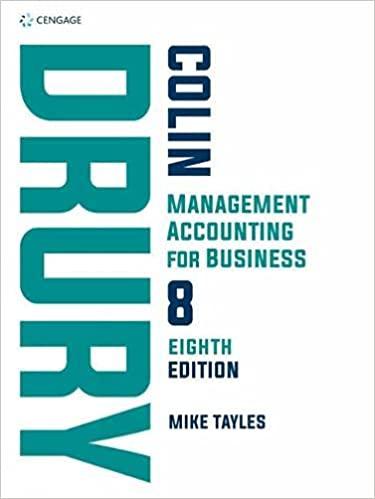

3.6 The Cournot Duopoly of Quantity Competition In this section, we discuss an economic model of competition between two competing firms who choose the quantity of their product, where the price decreases with the total quantity on the market. It is also called a Cournot duopoly named after Augustin Cournot (1838) who proposed this model, nowadays described as a game with an equilibrium. In this game, the strategy sets of the players are infinite. 66 Chapter 3. Games in Strategic Form Finite versions of the game are also dominance solvable, and in principle also the infinite version, as we describe at the end of this section. The players I and II are two firms who choose a nonnegative quantity of producing some good up to some upper bound M, say, so S1 = S2 = [0,M]. Let x and y be the strategies chosen by player I and II, respectively. For simplicity there are no costs of production, and the total quantity x + y is sold at a price 12 (x + y) per unit, which is also the firm's profit per unit, so the payoffs a(x, y) and b(x, y) to players I and II are given by payoff to I : a(x, y) = x. (12 - y - x), (3.6) payoff to II : b(x, y) = y. (12 - x - y). Exercise 3.3. Consider the duopoly game as studied in Section 3.6 where player I and II produce nonnegative quantities x and y and the unit price on the market is 12 X y. In addition, the players now have a cost of production, which is a cost of 1 per unit for player I and a cost of 2 per unit for player II. Write down the payoff to the players as a modification of (3.6), find their best response functions, and determine the equilibrium of this game. What are the players' profits in equilibrium? 3.6 The Cournot Duopoly of Quantity Competition In this section, we discuss an economic model of competition between two competing firms who choose the quantity of their product, where the price decreases with the total quantity on the market. It is also called a Cournot duopoly named after Augustin Cournot (1838) who proposed this model, nowadays described as a game with an equilibrium. In this game, the strategy sets of the players are infinite. 66 Chapter 3. Games in Strategic Form Finite versions of the game are also dominance solvable, and in principle also the infinite version, as we describe at the end of this section. The players I and II are two firms who choose a nonnegative quantity of producing some good up to some upper bound M, say, so S1 = S2 = [0,M]. Let x and y be the strategies chosen by player I and II, respectively. For simplicity there are no costs of production, and the total quantity x + y is sold at a price 12 (x + y) per unit, which is also the firm's profit per unit, so the payoffs a(x, y) and b(x, y) to players I and II are given by payoff to I : a(x, y) = x. (12 - y - x), (3.6) payoff to II : b(x, y) = y. (12 - x - y). Exercise 3.3. Consider the duopoly game as studied in Section 3.6 where player I and II produce nonnegative quantities x and y and the unit price on the market is 12 X y. In addition, the players now have a cost of production, which is a cost of 1 per unit for player I and a cost of 2 per unit for player II. Write down the payoff to the players as a modification of (3.6), find their best response functions, and determine the equilibrium of this game. What are the players' profits in equilibrium








